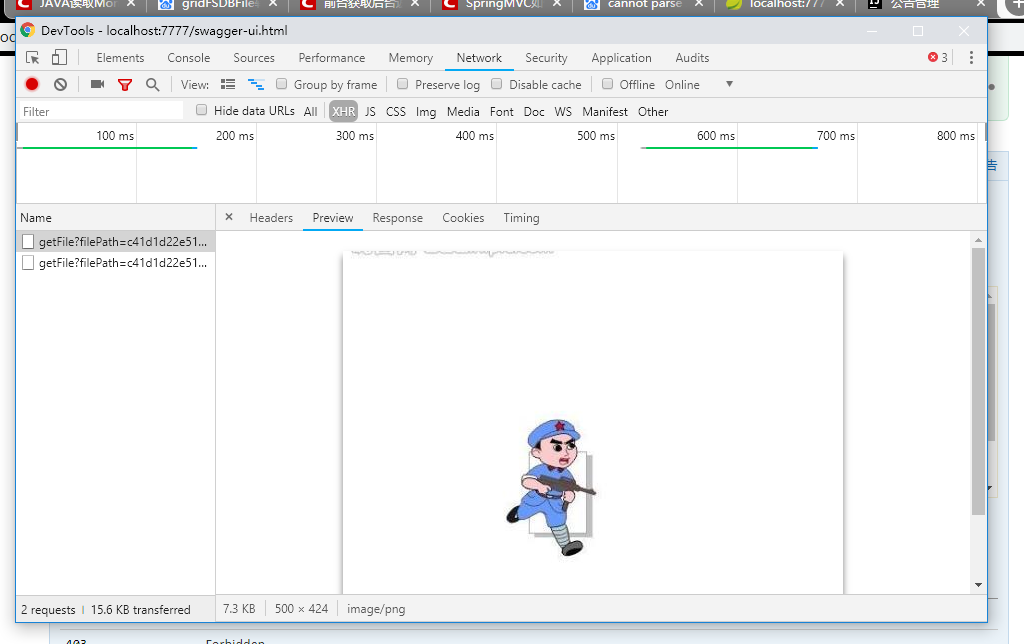可以将文章内容翻译成中文,广告屏蔽插件可能会导致该功能失效(如失效,请关闭广告屏蔽插件后再试):
问题:
I\'m writing a C Shell program that will be doing su or sudo or ssh. They all want their passwords in console input (the TTY) rather than stdin or the command line.
Does anybody know a solution?
Setting up password-less sudo is not an option.
expect could be an option, but it\'s not present on my stripped-down system.
回答1:
For sudo there is a -S option for accepting the password from standard input. Here is the man entry:
-S The -S (stdin) option causes sudo to read the password from
the standard input instead of the terminal device.
This will allow you to run a command like:
echo myPassword | sudo -S ls /tmp
As for ssh, I have made many attempts to automate/script it\'s usage with no success. There doesn\'t seem to be any build-in way to pass the password into the command without prompting. As others have mentioned, the \"expect\" utility seems like it is aimed at addressing this dilemma but ultimately, setting up the correct private-key authorization is the correct way to go when attempting to automate this.
回答2:
I wrote some Applescript which prompts for a password via a dialog box and then builds a custom bash command, like this:
echo <password> | sudo -S <command>
I\'m not sure if this helps.
It\'d be nice if sudo accepted a pre-encrypted password, so I could encrypt it within my script and not worry about echoing clear text passwords around. However this works for me and my situation.
回答3:
For ssh you can use sshpass: sshpass -p yourpassphrase ssh user@host.
You just need to download sshpass first :)
$ apt-get install sshpass
$ sshpass -p \'password\' ssh username@server
回答4:
I\'ve got:
ssh user@host bash -c \"echo mypass | sudo -S mycommand\"
Works for me.
回答5:
The usual solution to this problem is setuiding a helper app that performs the task requiring superuser access:
http://en.wikipedia.org/wiki/Setuid
Sudo is not meant to be used offline.
Later edit: SSH can be used with private-public key authentication. If the private key does not have a passphrase, ssh can be used without prompting for a password.
回答6:
This can be done by setting up public/private keys on the target hosts you will be connecting to.
The first step would be to generate an ssh key for the user running the script on the local host, by executing:
ssh-keygen
Enter file in which to save the key (/home/myuser/.ssh/id_rsa): <Hit enter for default>
Overwrite (y/n)? y
Then enter a blank password. After that, copy your ssh key onto the target host which you will be connecting to.
ssh-copy-id <remote_user>@<other_host>
remote_user@other_host\'s password: <Enter remote user\'s password here>
After registering the ssh keys, you would be able to perform a silent ssh remote_user@other_host from you local host.
回答7:
For sudo you can do this too:
sudo -S <<< \"password\" command
回答8:
When there\'s no better choice (as suggested by others), then man socat can help:
(sleep 5; echo PASSWORD; sleep 5; echo ls; sleep 1) |
socat - EXEC:\'ssh -l user server\',pty,setsid,ctty
EXEC’utes an ssh session to server. Uses a pty for communication
between socat and ssh, makes it ssh’s controlling tty (ctty),
and makes this pty the owner of a new process group (setsid), so
ssh accepts the password from socat.
All of the pty,setsid,ctty complexity is necessary and, while you might not need to sleep as long, you will need to sleep. The echo=0 option is worth a look too, as is passing the remote command on ssh\'s command line.
回答9:
Take a look at expect linux utility.
It allows you to send output to stdio based on simple pattern matching on stdin.
回答10:
Maybe you can use an expect command?:
expect -c \'spawn ssh root@your-domain.com;expect password;send \"your-password\\n\";interact
That command gives the password automatically.
回答11:
Set SSH up for Public Key Authentication, with no pasphrase on the Key. Loads of guides on the net. You won\'t need a password to login then. You can then limit connections for a key based on client hostname. Provides reasonable security and is great for automated logins.
回答12:
USE:
echo password | sudo command
Example:
echo password | sudo apt-get update; whoami
Hope It Helps..
回答13:
ssh -t -t me@myserver.io << EOF
echo SOMEPASSWORD | sudo -S do something
sudo do something else
exit
EOF
回答14:
You can provide password as parameter to expect script.
回答15:
I had the same problem. dialog script to create directory on remote pc.
dialog with ssh is easy. I use sshpass (previously installed).
dialog --inputbox \"Enter IP\" 8 78 2> /tmp/ip
IP=$(cat /tmp/ip)
dialog --inputbox \"Please enter username\" 8 78 2> /tmp/user
US=$(cat /tmp/user)
dialog --passwordbox \"enter password for \\\"$US\\\" 8 78 2> /tmp/pass
PASSWORD = $(cat /tmp/pass)
sshpass -p \"$PASSWORD\" ssh $US@$IP mkdir -p /home/$US/TARGET-FOLDER
rm /tmp/ip
rm /tmp/user
rm /tmp/pass
greetings from germany
titus
回答16:
Building on @Jahid\'s answer, this worked for me on macOS 10.13:
ssh <remote_username>@<remote_server> sudo -S <<< <remote_password> cat /etc/sudoers
回答17:
echo <password> | su -c <command> <user>
This is working.
回答18:
Hardcoding a password in an expect script is the same as having a passwordless sudo, actually worse, since sudo at least logs its commands.
回答19:
One way would be to use read -s option .. this way the password characters are not echoed back to the screen. I wrote a small script for some use cases and you can see it in my blog:
http://www.datauniv.com/blogs/2013/02/21/a-quick-little-expect-script/
回答20:
su -c \"Command\" < \"Password\"
Hope it is helpful.



